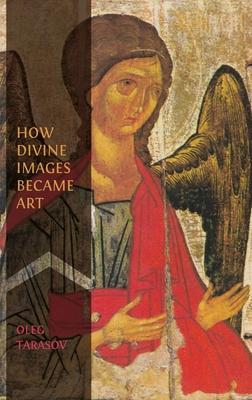Drawing on a profound familiarity with Russian sources, some of which are little known to Western scholars, and on equally expert knowledge of Western material and scholarship, Oleg Tarasov presents a fresh perspective on early twentieth-century Russian and Western art. The author demonstrates that during the Belle poque, the interest in medieval Russian icons and Italian 'primitives' lead to the recognition of both as distinctive art forms conveying a powerful spiritual message. Formalist art theory and its influence on art collecting played a major role in this recognition of aesthetic and moral value of 'primitive' paintings, and was instrumental in reshaping the perception of divine images as artworks.
Ultimately, this monograph represents a significant contribution to our understanding of early twentieth-century art; it will be of interest to art scholars, students and anyone interested in the spiritual and aesthetic revival of religious paintings in the Belle poque.
